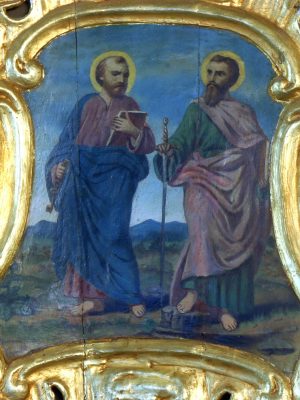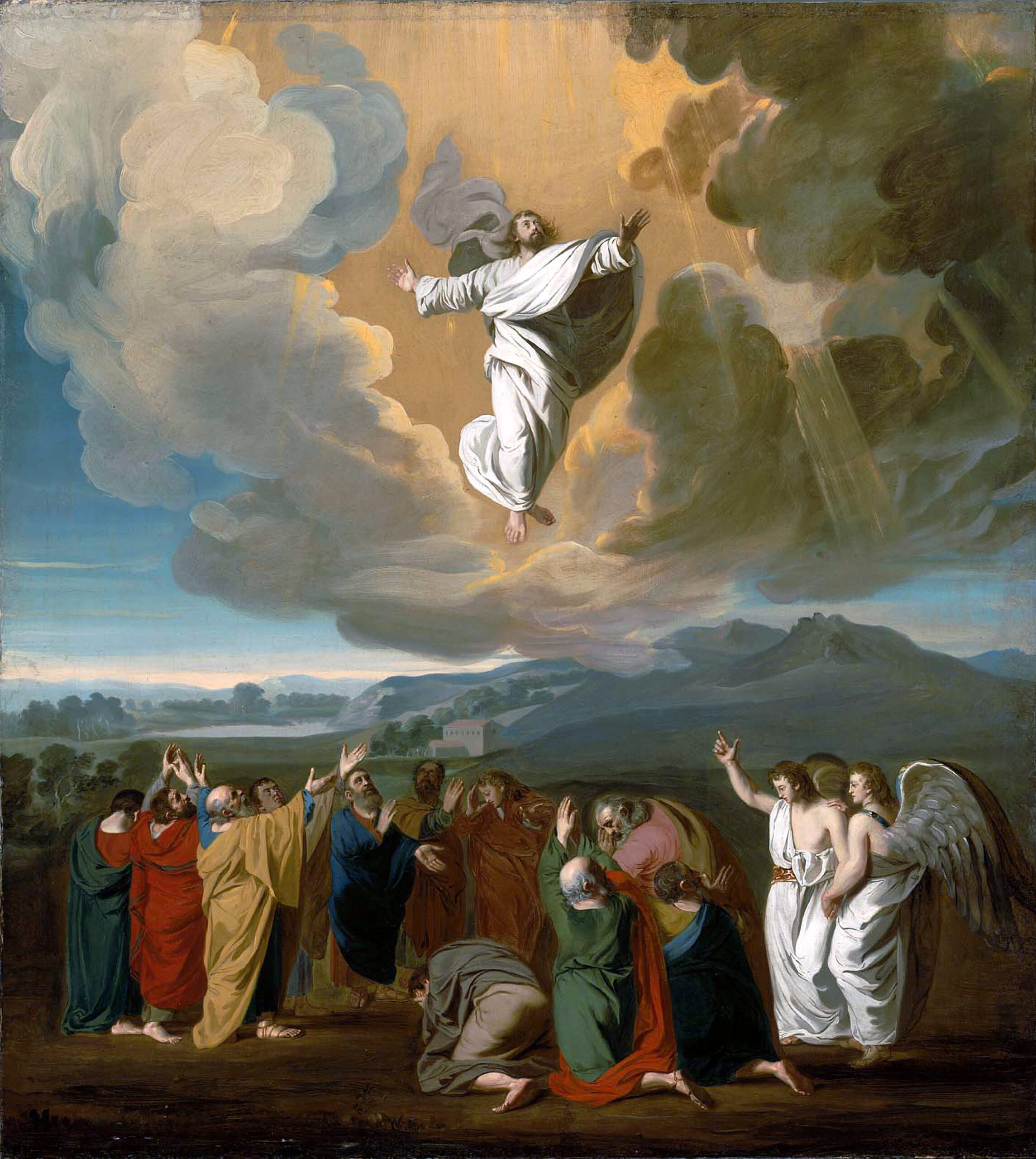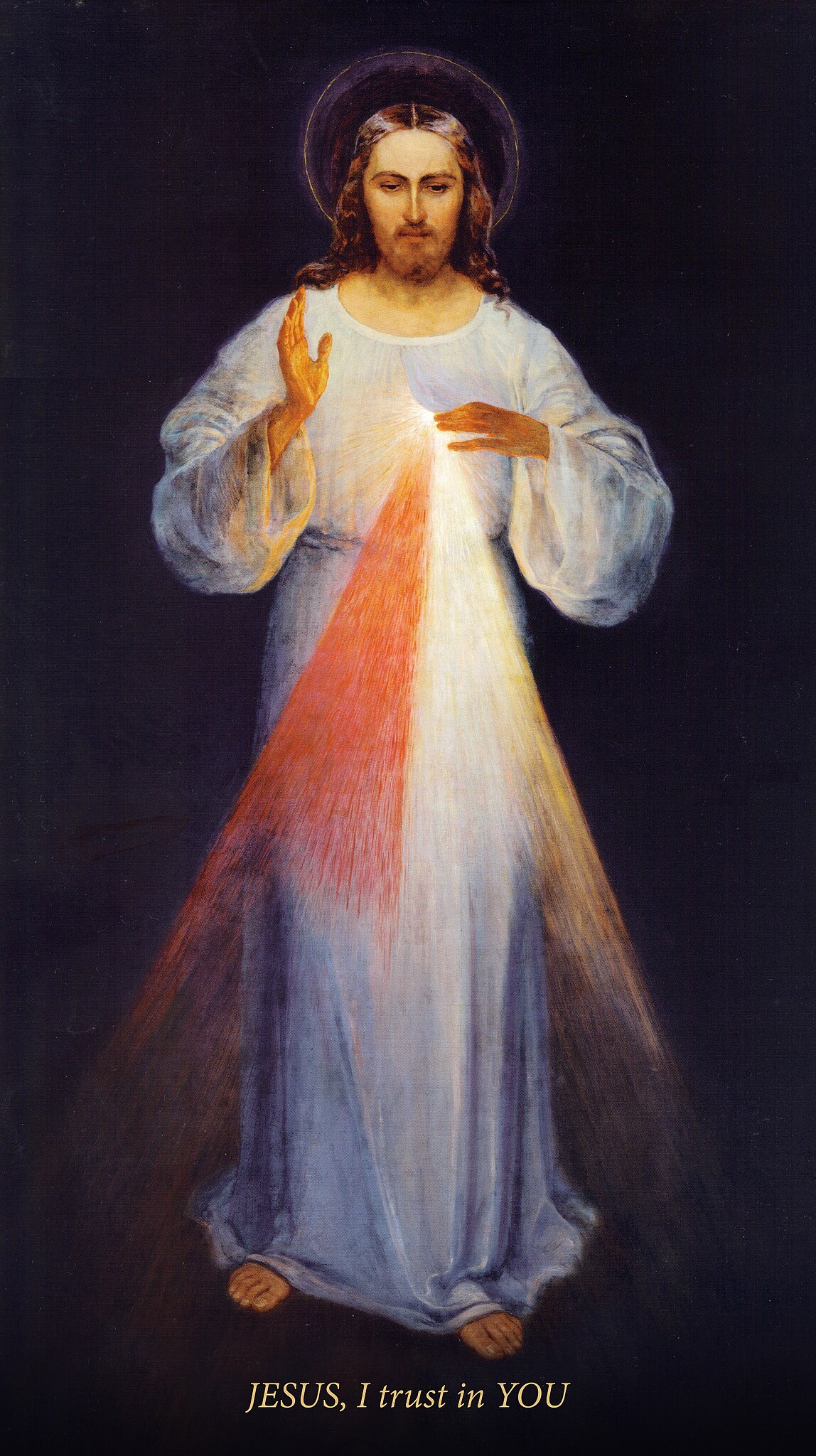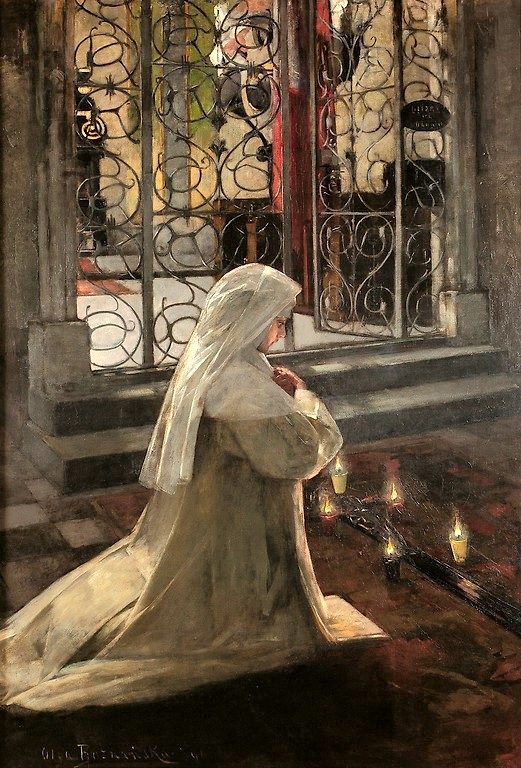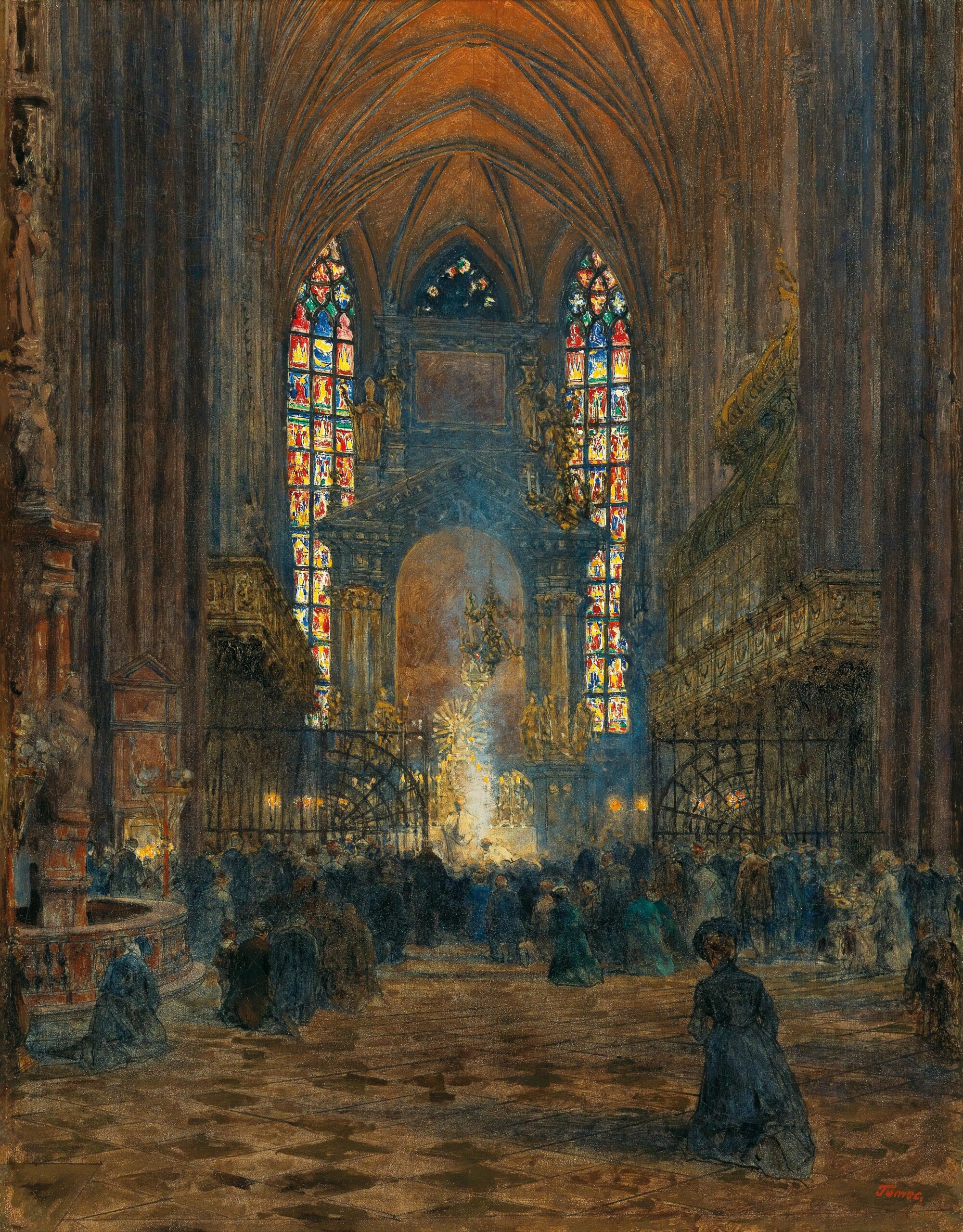For Catholics the annual feast of Saints Peter and Paul is of immense spiritual import. In the Roman tradition, it is one of the more significant feasts on the liturgical calendar, kept as a solemnity on the General Roman calendar. In some countries it is still a holy day of obligation, such as in England. It is also a public holiday in Rome and the Vatican City State. The feast is celebrated on June 29th, commemorating the martyrdom in Rome of the blessed apostles Peter and Paul.
The brief story of the martyrdom of Peter and Paul is recorded in the The Roman Martyrology with this entry for the Twenty-Ninth Day of June:
“At Rome, the birthday [day of death] of the holy Apostles Peter and Paul, who suffered in the same year on the same day, under the Emperor Nero. The former was crucified in that city, with his head downward, and was buried in the Vatican near the Triumphal Way; and there he is honored with the veneration of the whole world. The latter was slain with the sword, and buried with like honour on the Via Ostiensis.”
Both Peter and Paul were first-century Christian missioners who traveled to Rome on separate journeys and where martyred there under the reign of the Emperor Nero. Some of their exploits are chronicled in the Acts of the Apostles, written by St. Luke in about 63 A.D. The Acts is a beautiful and necessary supplement to the history of the Gospels, describing with great accuracy and literary charm the fulfillment of Our Lord’s promise to send the Holy Spirit to sanctify and guide the Church.
Christians are encouraged to read the Acts so as to understand the workings of the Apostolic Church with its many challenges and successes. It also offers a glimpse into the spiritual life and works of Peter and Paul, both writers who contributed to what is today the New Testament of the Bible.
The spiritual significance of this feast day is revealed in the Acts, with both apostles converting to the Christian Faith and carrying their crosses as they labored for Christ, becoming the oblation offered on the altar by offering their own lives as martyrs, the supreme Christian witness and the seed of faith.
Included in the Acts are stories of persecution, arrest, and imprisonment. The first part of the Acts covers the life and ministry of St. Peter, who spent several years in Jerusalem, Antioch and Rome. While the second does the same for St. Paul who traveled extensively throughout the ancient world, ending with the statement that he lived in Rome for two years, “preaching the kingdom of God and teaching about the Lord Jesus Christ with all boldness…” (Acts 28:31).
The Legacy of Peter and Paul: Suffering for the Love of Christ
Christ carried out His will to found one Church with its seat in Rome, the capital of the ancient world. It was by a disposition of divine Providence that St. Peter choose the Eternal City as his episcopal seat. Upon its victory, Christianity insisted on a symbolic conquest of the place. Rome had to be Christianized.
In the promise to Peter, by the institution of the primacy, Christ established the Papacy as part of His indestructible and indivisible Church that was built on Peter and his successors. The Church of Christ is unique and eternal unto the end of time, with the office of Peter as its personal and visible head.
Christ also predicted the cruel death of St. Peter in John 21:18-19 when he said:
“’Amen, amen, I say to thee, when thou wast young thou didst gird thyself and walk where thou wouldst. But when thou art old thou wilt stretch forth thy hands, and another will gird thee, and lead thee where thou wouldst not.’ Now this He said to signify by what manner of death he should glorify God. And having spoken thus, He said to him, ‘Follow me.’”
In Rome, in the stadium known as the Circus of Nero located at the base of the Vatican Hill, we know from incontestable archeological evidence that St. Peter died as a confessor of the Christian Faith. He was buried next to the stadium in a pagan cemetery that is today located under St. Peter’s Basilica. From the very beginning, pilgrims came to visit his final remains, the place sanctified by his martyrdom and burial.
Peter’s successors, the Popes, have continued his mission up to the present, in the fourth century building a massive temple over the site of his burial, St. Peter’s Basilica. It was later rebuilt in the sixteenth century, taking one-hundred twenty years to build, with its renowned dome designed by Michelangelo. St. Peter’s Basilica remains a universal symbol of the Papacy and the Church, a symbol of the invincible triumph of martyrdom over death, and it echoes the words of Christ in John 15:13: “Greater love than this no one has, that one lay down his life for his friends.”
In the series of Roman Pontiffs there have been many who, like Peter, gave their lives for the Faith, sealing with their blood their fidelity to Christ as His visible representatives. In fact, the first dozen Popes were all martyrs. Many Popes have been great on account of their piety and holiness, genius, learning, and leadership. There have been other Popes, even in recent memory, whose purely human qualities have been less adequate for the requirements of their supreme pastoral office. Peter’s successors, as mortal men, pass away. But the primacy of Peter will always exist in the Petrine Office, with the special assistance promised to Peter by Christ who charged him with the task of confirming the sheep in the Faith (John 21:15-17).
Meanwhile, on this feast day we celebrate the sublime plan of salvation history that included also the Apostle to the Gentiles, St. Paul, who was led to Rome for the first time in about 60 A.D. Paul’s time in Rome was to coincide with the first major persecution of Christians that was organized under the mad Emperor Nero in 64 A.D. This first of ten major persecutions in Rome against Christians began after the great fire of Rome, which Nero blamed on the nascent Christian community. During this notorious persecution both Peter and Paul died while some sources record them as dying on the same day.
Paul’s mission was different and distinct from Peter’s. He was not a bishop of Rome and nor did he bring Christianity to Rome. When he arrived there was already a Christian community that was new and firmly established. Paul wrote his letter to the Romans before he visited, always playing a supportive role in the life of every local church that he addressed. St. Irenaeus wrote in the second century that Peter and Paul had been the founders of the church in Rome and that after the death of Peter, the succeeding Pope was not Paul. Instead Linus was elected, who was later also martyred.
There are many historical sources at work that record these early facts. The historian Eusebius states that Paul was martyred during the persecution of Nero, quoting from Dionysius of Corinth, who argues that Peter and Paul were martyred at the same time. Tertullian confirms that Paul was beheaded like St. John the Baptist, a detail also commented on by St. Jerome and St. John Chrysostom.
Tradition holds that while Peter died in the Vatican in the stadium known as Nero’s Circus, Paul died outside the city on a road known as the Via Laurentina that ran south from Rome. Further, he was buried on the Via Ostiense, the major road that connected Rome to its port on the Mediterranean, Ostia on the Tyrrhenian Sea. According to the Liber Pontificalis, Paul’s body was buried outside the walls of Rome at the second mile on the Via Ostiense, on a property owned by a Christian woman. This was not unusual, as tombs lined the street in some places. It was here in the fourth century that the Emperor Constantine built a magnificent basilica to honor St. Paul. It was in subsequent centuries enlarged by various emperors and the present-day basilica known as San Paolo Fuori Le Mura was built in the mid-nineteenth century under the reign of Pius IX.
On a map the place of martyrdom of Paul is about seven miles from the place where Peter was martyred (today about a twenty-two minute car ride with no traffic). The place of Paul’s death came to be known during Christian times as the Aquae Salviae, now more commonly known as Tre Fontane.
The story is told that unlike Peter, Paul was a Roman citizen (born in Tarsus in the Roman Province of Asia Minor) and so he had the luxury to travel to Rome to appeal his conviction to the Emperor. Decapitation in theory is painless and many Roman citizens were given this option when convicted to death for their Christian faith. Paul refused to abjure his faith and so he was given a death sentence and tradition holds that when his head was severed, it bounced three times, where three springs of water came up.
A church was built over the site in the fifth century, rebuilt in 1599 by Giacomo della Porta, an architect who worked on St. Peter’s Basilica. The church is still standing today, called San Paolo alle Tre Fontane. Next door is an Abbey of Cistercians, a vibrant monastic community assuring the site is maintained as a place of intense prayer. The monastic church on the site was originally built by Pope Honorius I in 626 for a Benedictine community.
While most pilgrims when in Rome visit St. Peter’s Basilica and usually also St. Paul’s Basilica, Tre Fontane is sometimes forgotten. Meanwhile, it is well worth a visit, with its beautiful gardens and churches; it is a place of grace and miracles.
Traveling to Rome on Pilgrimage in the Current Age
Life is a pilgrimage where we are many pilgrims wandering here and there across the earth, far from our country which is Heaven. God deserves to be supremely loved. There in Heaven Our Lord ultimately awaits us at what is hopefully our final destination, that we may rejoice forever in the safe harbor of His eternal countenance.
Two constant places of prayer and pilgrimage in Rome that remain at the forefront of this feast day will always be the tombs of the Apostle Peter in the Basilica of St. Peter and that of St. Paul at the Basilica of St. Paul. There countless pilgrims have visited for nearly two-thousands years, finding relief from their journey and the troubles of this life. There they pray in unison: “Come Lord Jesus” and “Thy kingdom come.”
Pilgrims aim to be eternally led to and united to Christ, loving Him with all their powers, inspired by the witness of the saints whose memory they honor. When we find ourselves afflicted with the difficulties of pilgrimage and life in general, let us comfort ourselves with the thought of the great reward which God prepares for those who suffer and love Him, such as the reward prepared for Peter and Paul who gave their lives for Christ and the Church: “Rejoice in that day, and be glad; for behold, your reward is great in heaven” (Luke 6:23).
Let us pray for the intercession of the Blessed Apostles Peter and Paul and let us rejoice in their witness on this feast day as always. The spiritual significance of this feast and the true legacy of both these noble saints is alive and well, setting an example for all those suffering for the love of Christ.


